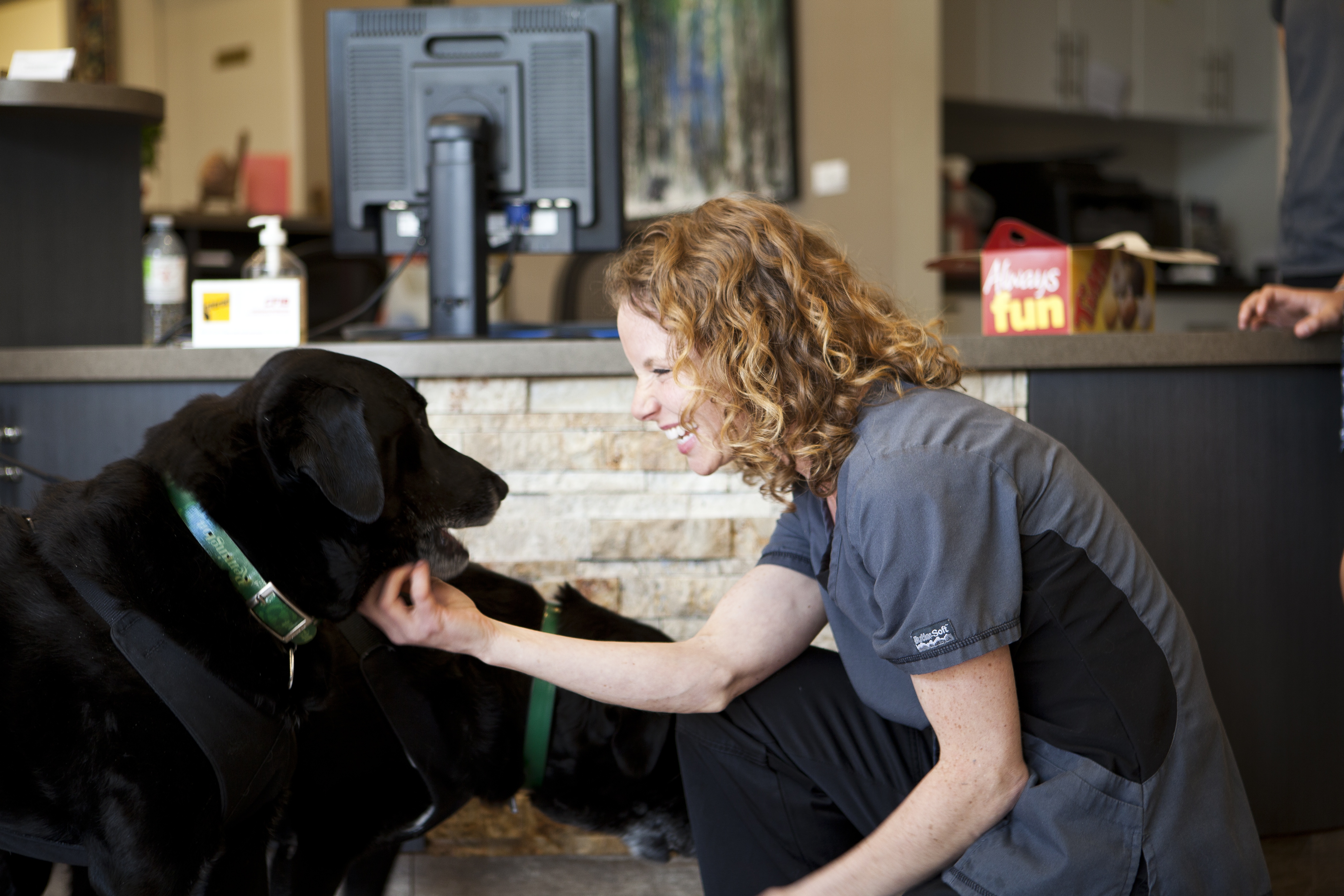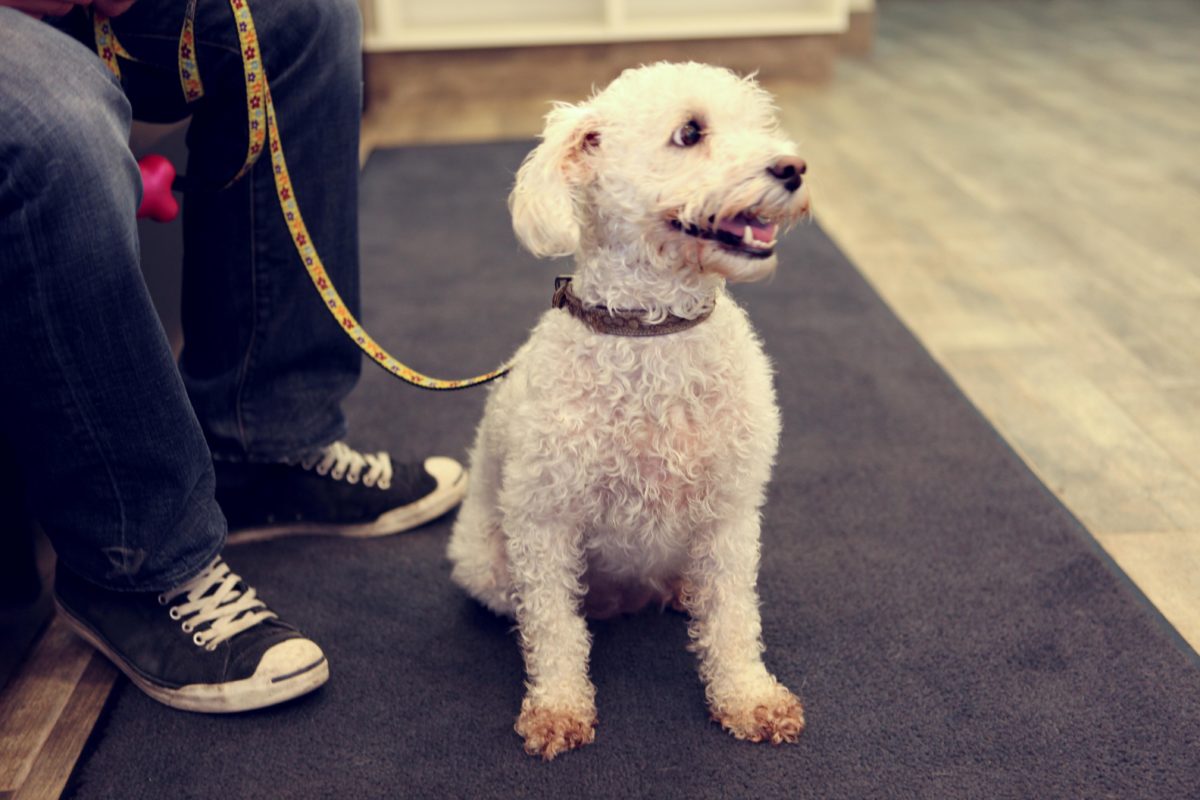Despite our love for pets and how much we love to see them, some pets find vet visits quite distressing. Those of us who experience anxiety or fear about a doctor or dentist visit can especially appreciate how they feel. New scientific studies have confirmed what every loving pet owner inherently knows – pets experience emotions that are very similar, even identical to our own.
Annual check ups are necessary to help keep our beloved four-legged companions as healthy as possible; anxiety can mask signs of illness in animals, making it more difficult to pick up subtle symptoms. As modern science continues to provide us with a better understanding of the impact of emotional well-being on physical health, we feel that reducing or eliminating anxiety for our pets at their vet visits is critically important in adding life to their years and years to their lives.

In order to make your pet’s trip to Renforth Veterinary Clinic fear free, or at least, as enjoyable as possible, we need your help. If you suspect that your pet finds vet visits stressful, the following tips can set the ground work from home for a more pleasant visit. If you have further questions or concerns or feel that your pets anxiety is too overwhelming, please contact our office to discuss options for tougher cases.
1. If you bring your pet in a carrier and it isn’t out all the time, then get it out a couple of weeks before the scheduled visit and place treats and toys inside.
2. Infuse the carrier bedding with pheromones (these can be picked up in advance from the clinic).
3. Don’t feed the pet after 6 p.m. the night before your visit. Studies suggest that many pets arrive at the hospital feeling nauseated. Pets are more likely to be able to experience the joys of food rewards at the clinic if they are a little hungry and have settled stomachs.
4. Try not to baby-talk or apologize to your pet. This behaviour sends the message that there really is something to be fearful of.
5. For cats especially, try to cover the carrier to reduce visual stimuli and try to set the carrier on a level surface in the car. (Using a blanket or towel to level the seat in the car can be very effective.
6. If your pet becomes especially anxious in the waiting room at the clinic, we can make a note of this when we book your appointment and ensure that your pet is seen in to an exam room as soon as possible upon arrival.

